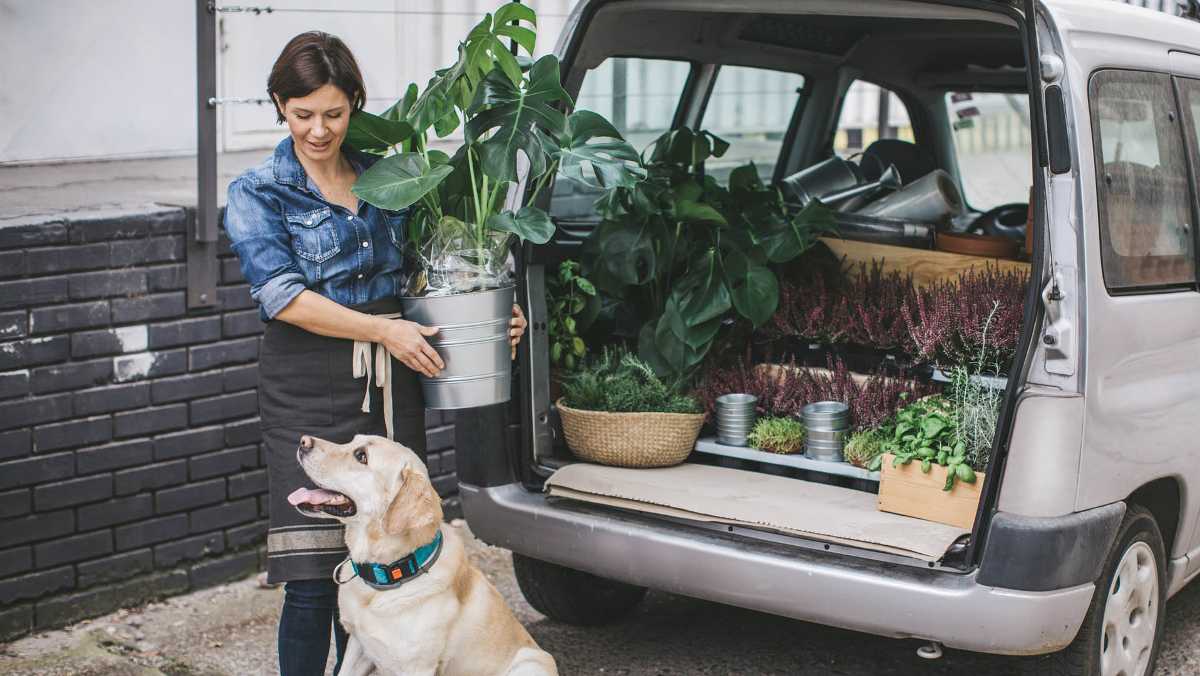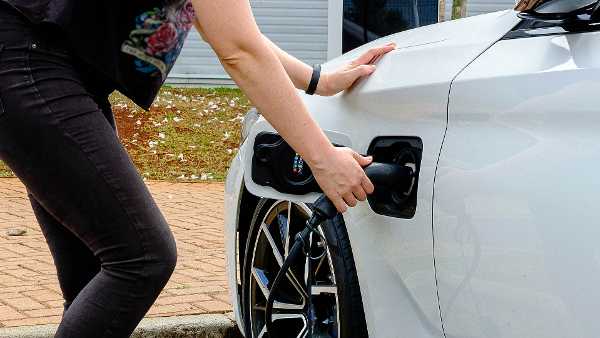Electric driving: these measures coming your way

- The basis
- Edited 6 January 2025
- 3 min
- Managing and growing
- Sustainability
Electric driving, within now and a few years you will probably have to deal with it. The government is taking measures to reduce CO2 emissions, and more and more cities are setting up environmental zones and zero-emission zones. Read about the measures and find out what they mean for your business. And how you can adapt to a future where electric driving becomes the norm.
The Netherlands must be climate (in Dutch) by 2050. To manage that, CO2 emissions must be reduced by 49%. This has implications for transport. Petrol and diesel cars will slowly but surely disappear from the streets and electric driving will become the standard. You may be affected by a number of important measures:
- Zero-emission zones
- Environmental zones for diesel vehicles
- Ban on sale of petrol cars
- Introduction of heavy goods vehicle charge
- Tax schemes
Zero-emission zones
From 2025, municipalities can introduce zero-emission zones. Only vans and trucks running without diesel or petrol will be allowed in these areas. From 1 January 2025, vans with emission level lower than Euro 5 are not allowed to enter zero-emission zones. For vans with emission level Euro 6, this rule will take effect on 1 January 2028. To ensure you have time to prepare, there is a transitional arrangement. Thanks to that arrangement, some existing vans running on diesel, petrol or LPG are allowed to enter zero-emission zones for a little longer.
Environmental zones for diesel vehicles
15 Dutch municipalities (in Dutch) have environmental zones for diesel trucks. The cities of Amsterdam, Arnhem, Utrecht, and The Hague have environmental zones for diesel-powered passenger cars and vans. The environmental zones are mainly in inner cities. You are not allowed to go there with your diesel vehicle. You can recognise an environmental zone by a traffic sign with a sign underneath. This indicates which vehicle and emission level the environmental zone applies to.
Prepare for environmental zones
Do you visit cities with an environmental zone or that will introduce an environmental zone in the future? Check your emission level and check whether you can enter the city with your car or van. There are 3 types of environmental zones for diesel cars, vans, and trucks: yellow, green, and purple.
Emission level passenger cars and vans:
- Emission level 0, 1 or 2: you are not welcome in any environmental zone.
- Emission level 3: you can enter yellow environmental zones, but you are not welcome in green environmental zones.
- Emission level 4 or 5: you are allowed to enter both green and yellow environmental zones.
Emission level trucks and buses
Emission level 6: You are allowed to enter purple environmental zones. There are different variants of the purple environmental zone. Some zones apply only to trucks or buses, while other environmental zones apply to both vehicles. The lower sign shows which vehicles the zone you are entering applies to.
Stricter rules on environmental zones
From 2025, the rules for environmental zones will become stricter. Your car or van must have at least emission level 4 or 5. Otherwise, you will not be allowed to enter the environmental zones.
Ban on sale of petrol cars
All new cars must be emission-free from 2030, according to the government. From 2035, you will not be able to buy new petrol or diesel cars in the rest of Europe either. From then on, only new electric cars will enter the market. With this measure, the European Union wants to be climate neutral by 2050. You can still buy or sell fuel cars second-hand. From 2050, no petrol and diesel cars will be allowed on the road at all. Everyone will have to drive electric.
How to prepare
When buying a new car, take this measure into account. Do you want to be able to drive it for at least 10 years? Then read up on electric driving. It is likely that second-hand fuel cars will lose value in the coming years because of the upcoming ban. So, a fuel car you buy now will probably fetch less when sold in a few years' time than used cars do now.
Introduction of heavy goods vehicle charge
A heavy goods vehicle will come into force in the Netherlands in 2026 to encourage clean transport. For trucks that weigh over 3,500 kilograms, you will then pay an average of 14.9 euro cents per kilometre for every kilometre you drive by truck on motorways and some main provincial and municipal roads (N roads).
How to prepare
The heavier and more environmentally polluting the truck, the more you will pay. Take this into account when investing in new trucks in the coming years.
Tax schemes
The government provides subsidies for green transport. For example, the MIA and . Are you buying or leasing a business electric van? Then you will benefit from up to 45% investment deduction with the Environmental Investment Allowance (MIA). In addition, you may depreciate an arbitrary percentage of your investment costs in any year thanks to the Random Depreciation of Environmental Investments (VAMIL). As a result, you pay less tax. For the MIA/VAMIL, the delivery van must meet certain requirements.You can apply for the MIA/VAMIL at RVO. Please note: fixed budgets are available per year for MIA and VAMIL and the rule is: gone is gone.
In 2025, you can deduct 75% from the normal motor vehicle rate for your zero-emission van. From 2026, you will pay the full mrb rate.
